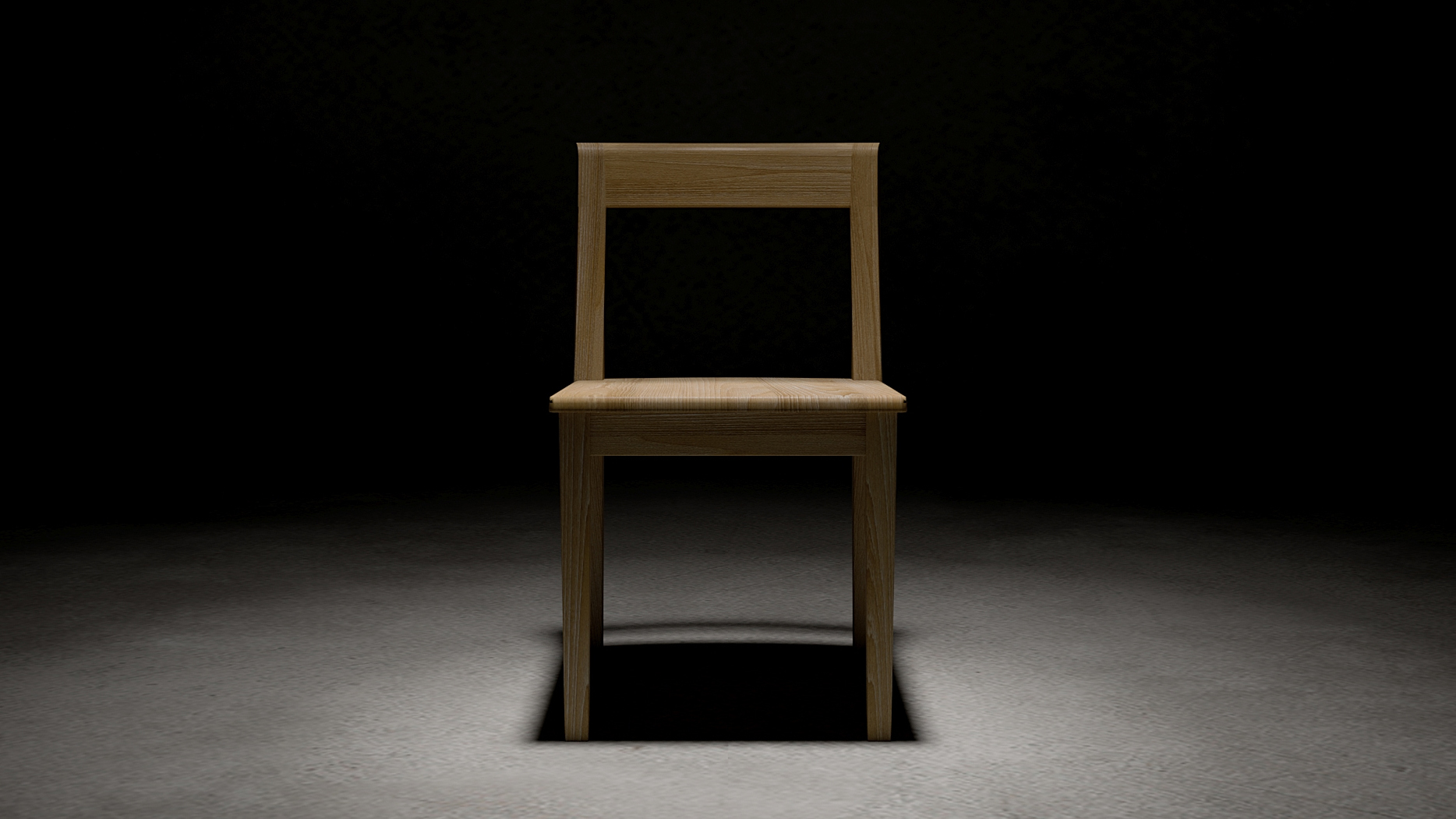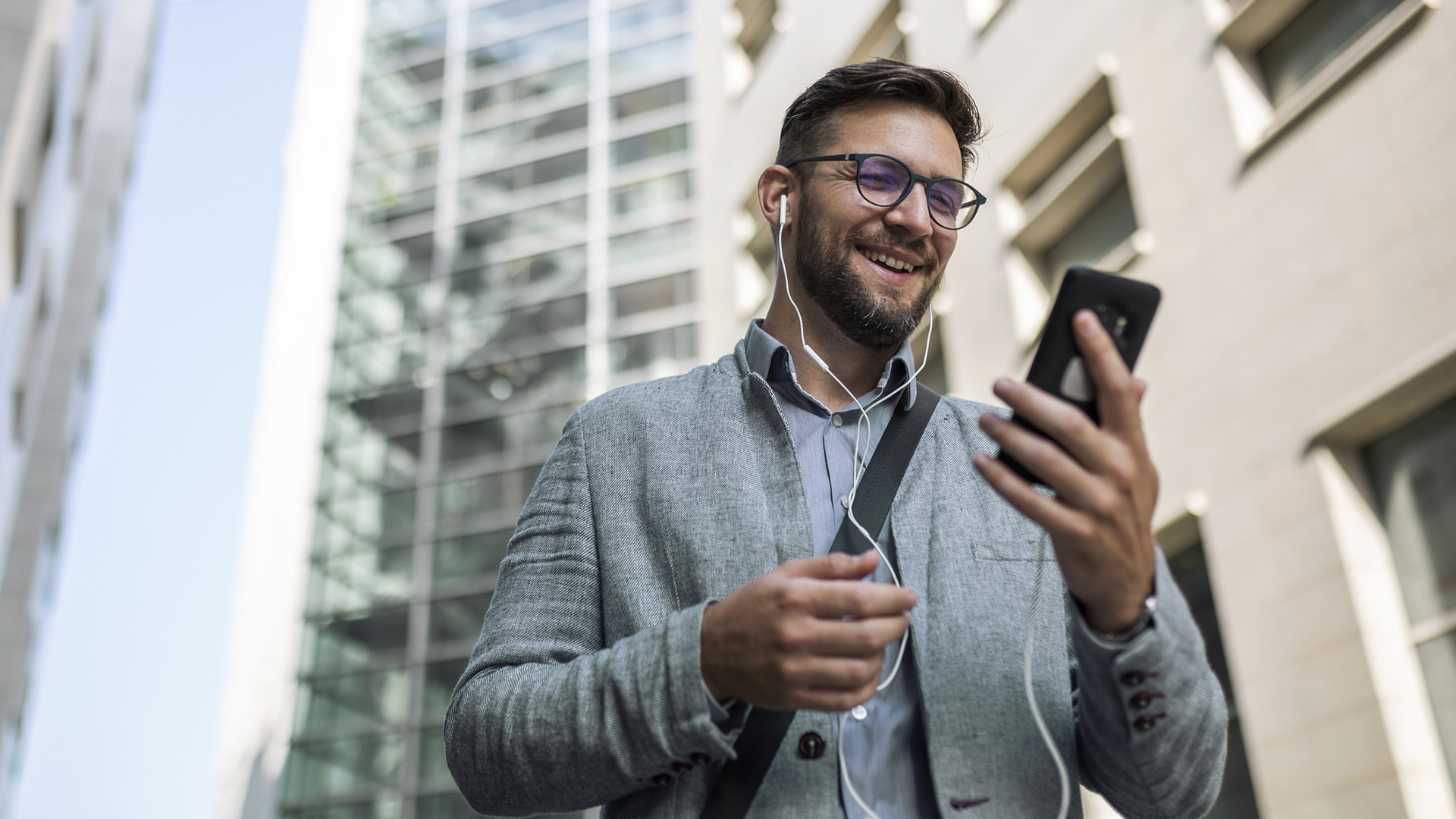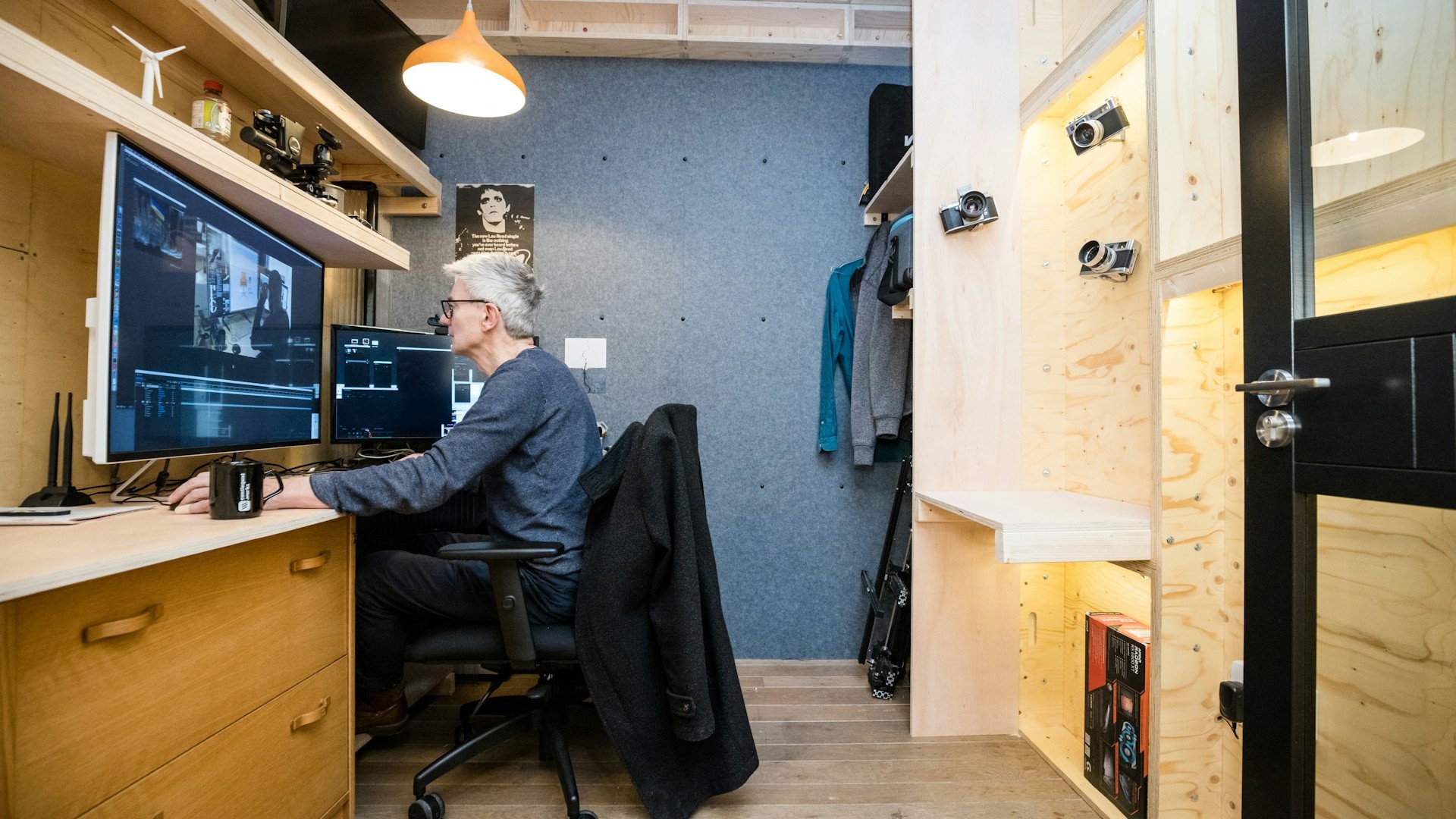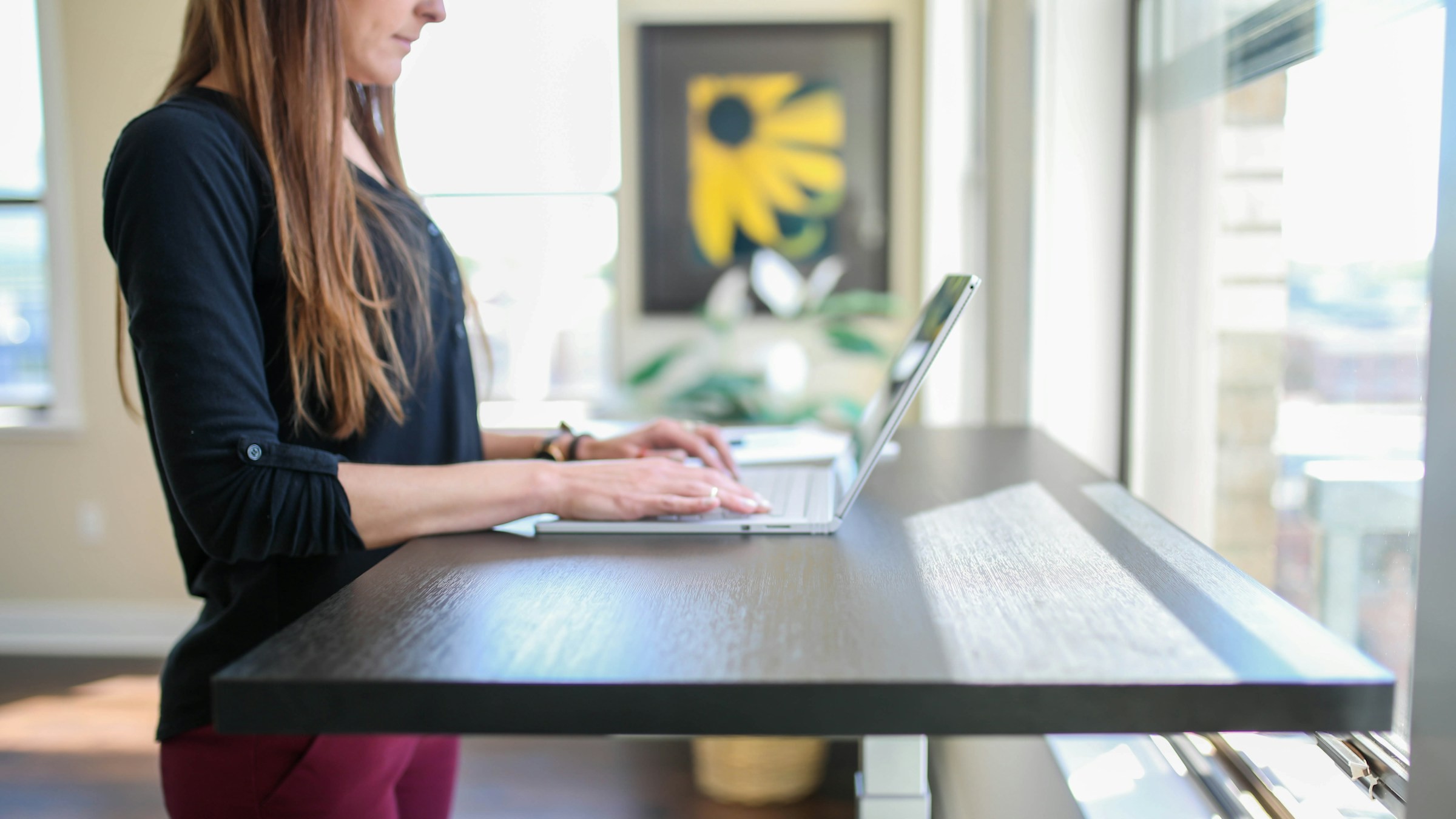
You may not have heard of Dead Butt Syndrome, but you've probably had it. If you work sitting down, chances are you've experienced glute amnesia, as experts like Dr Julie Landis call it. Sitting down for several hours with minimal movement can lead to numb bum (as I call it), which can then lead to hip pain, lower back aches, and reduced productivity.
But Dr Landis – a certified ergonomist and a board-certified, licensed Physical Therapist – has 5 handy tips to avoid uncomfortable sitting. And yes, one of them is to invest in one of the best office chairs for back pain. Take it away doc...
01. Plug in and take a walking meeting

This will allow you to transition from a static, low blood flow posture to one that provides increased blood flow. This allows the tissues of the body to combat would be discomforts from lack of position change. Getting up from your desk and going outside helps you energise and refocus. The fresh air, change of scenery and sunlight have a healing and energising effect on body and mind. Try it. You may find your walking meetings are shorter in length and more efficient compared to a standard seated virtual meeting.
02. Stretch and flex on the hour

Make your smartphone work for you and download an app like Get Moving, which helps to set reminders to move. Other apps to check out include Stretchy, Stand Alarm, Stand Tracker, Stand Up Reminder, Standetch, STandUp: Sedentary Helper, Standing desk Reminders, GetUp and Move, Mova... there's also the alarm feature on your phone, if you want to keep it simple. Bottom line: structure times to move into your day, and you'll feel the benefits.
03. Have some exercises at the ready
Open a stretch video on YouTube or have several desk friendly exercises printed and posted on the wall in your work area. YOu could even have a few TheraBands at the ready, connected to doorknobs and heavy furniture, to allow for quick and easy strengthening exercises. Or invest in desk friendly exercise equipment like under desk Elliptical pedals, a desk treadmill or balance board. The main tip here is to be prepared to actually do something when that movement alarm goes off... otherwise you'll just snooze it and carry on with your day.
04. Buy an ergonomic office chair and standing desk

Since we spend significant amounts of time sitting at desks, ergonomic seating design – or the lack thereof – can be a game changer in managing discomforts throughout the body. I recommend investing in a quality ergonomic chair (and you don't have to spend big bucks to get one of the best budget office chairs). Consider a contoured seat to provide a stable base of support, designed to reduce rotation of your upper leg bone at the hip joint. Try different chairs to determine the most comfortable material for the seat, which could range from mesh, or gel, or fabric. Work with a quality vendor, like BodyBilt, who are US based and offer a variety of component sizes fitting most statures and body types, as well as a variety of materials, and configurations.







